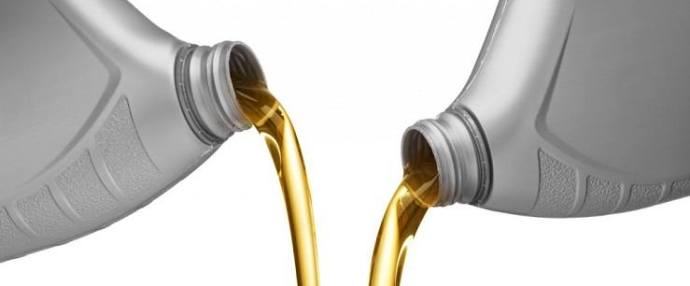
Most manufacturers have their own unique packaging for lubricants, thus choosing the right motorcycle lubricants is not easy, especially with all those confusing numbers and parameters on the bottles.
As you carelessly cruise down the road, you might not be thinking too much about what is happening in your motorcycle engine. It is only when it is time for maintenance or repairs that most of us start worrying about what kind of motorcycle oil we need for our two-wheelers. And choosing the right motorcycle lubricants is not easy, especially with all those confusing numbers and parameters on the bottles.
2T VS 4T Motorcycle Oil
The first thing to know is that all motorcycle engines are either two-stroke (2T) or four-stroke (4T) with the core difference being the number of strokes the piston moves during each cycle.
Two-Stroke Motorcycle Oil
For two-stroke engines, every two strokes of the piston produce power. These engines are cheaper to run and much lighter than the four-stroke models but also have some disadvantages such as inefficient fuel consumption, unwanted vibrations, higher pollution of the environment, etc. 2T engines are most commonly used in mopeds, bikes, go-carts, and other small vehicles
Two-stroke motorcycles require special 2T motorcycle lubricants, which come in various oil bases like petroleum, castor, synthetic and semi-synthetic. The most advanced 2T synthetic oils also have additives that boost the performance of the motorcycle oil (fuel stabilizer, detergent, anti-wear agents, biodegradable components, etc.) and provide additional benefits.
Four-Stroke Motorcycle Oil
A four-stroke engine works just like a two-stroke one, but power is produced every four strokes of the piston. These engines are more efficient and less polluting than their 2T counterparts, which makes them a standard solution for all modern motorcycle engines.
4T engines require special four-stroke motorcycle oil that will not burn with the motorcycle fuel, but circulate around the engine, lubricating all the components. This type of motorcycle lubrication also reduces heat and filters out impurities.
Monograde VS Multigrade Oils
The second thing to pay attention to when buying or simply looking up motorcycle lubricants is monograde vs multigrade motorcycle oil ratings.
Monograde Oils
These oils are not standard for motorcycles but are worth a mention for most new drivers. When you look at an oil label, you can see monograde oil marked with only one number, like 30 or 10W, according to the SAE standard. This means that this oil is suitable for operation in a very small window of temperature (in this case, either in hot temperatures of around 30 degrees or cold temperatures of around 10 degrees). Most motorcycles exist and work in a variety of climates, so it is crucial to opt for a formula that provides protection in a wider range of temperatures.
Multigrade Oils
Multigrade oils (now used in most modern motorcycles) are marked by two numbers. If we look at 10W-50 oil, the first number tells about the oil’s performance at low temperatures, and the second one describes behavior in higher temperatures. Multigrade oils have a higher range of performance and can suit most 4T engines. Also, they don’t have to be changed depending on the climate outside, and you can rest assured that your bike will work perfectly all year round.
Mineral VS Semi-Synthetic VS Fully Synthetic Oils
Most oil bottles also contain a parametre that tells about the base oil used in the particular product, such as mineral, semi-synthetic and synthetic.
Mineral Oils
Mineral oils are the most basic type of engine oils, usually made with products or by-products of petroleum processing. They are good for small engines, and most manufacturers would recommend that new bike owners opt for mineral oils since they offer good protection for the engine.
Semi-Synthetic Oils
These oils are a mix of mineral and synthetic oils. The benefit of these oils is that they contain the best of both worlds–good protection and high performance–all provided by products.
Fully-Synthetic Oils
Fully-synthetic oils are the best option. They are made with pure polymer oils reserved for high-performance motorcycles. Machines like superbikes and racing motorcycles all require Racing full-synthetic oils in order to achieve top performance.
Final Words
Most manufacturers have their own unique packaging for lubricants, but once you understand all the specific motorcycle oil ratings, you will always get to choose the best product for your bike instead of getting lost in all the numbers and terms. And with quality motorcycle lubricants from Valvoline, it is possible to have a safe ride, a healthy bike, and a happy wallet.
All Oils offer a 10% discount for Two-Wheels, use code OIL10 at the checkout

Article written by Nige.
Last update: May 2025
Nige has toured most of the UK and Europe. Nige is a qualified motor vehicle mechanic and in his spare time he restores motorbikes.
We may receive a commission if you purchase a product using the affiliate links on any page of this website. This is at no cost to the purchaser, however does support our website and helps us to continue to build with more great content.
